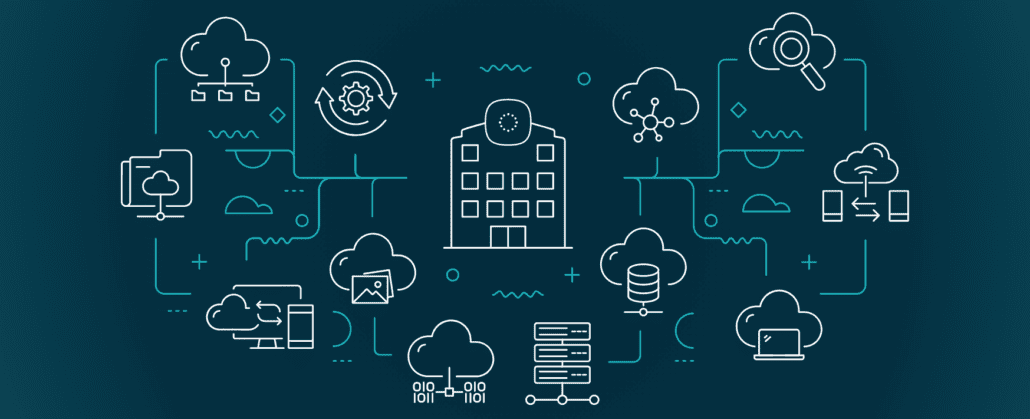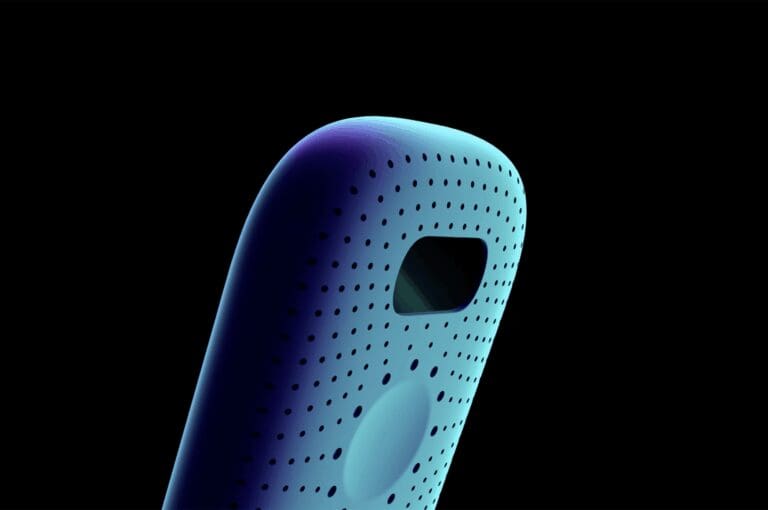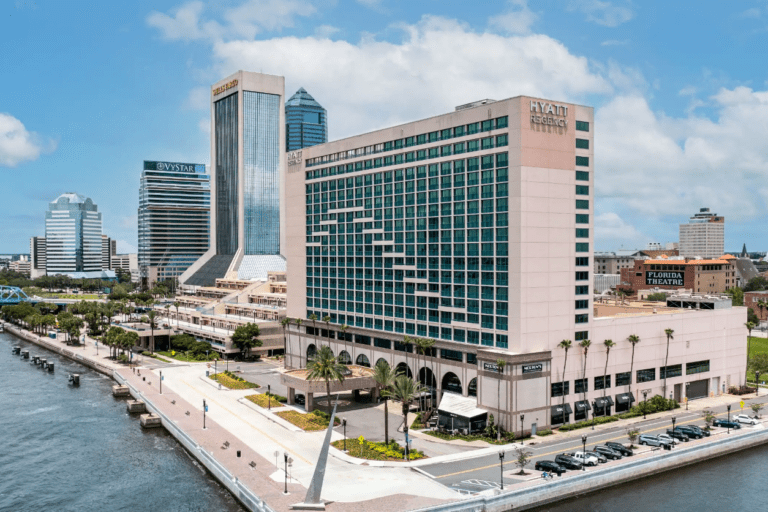Along with more obvious changes to the ways hotels operate in a COVID19-aware world, there are things we may never have previously thought about.
For every disinfection protocol or implementation of associate alert devices, there’s a lesser-known change needed. For instance, with changeable staffing, longer wait time between guests, and even different entry or exit points, it’s entirely possible that the tech stack that once worked for you is no longer viable.
If you’re trying to figure out how to update or modernize your existing hotel tech stack, below are some good places to start. But first, what’s a tech stack anyway?
Tech Stack 101:
In brief, a technology stack, better known as a tech stack, is a group of tools used to run your business. Your stack may include everything from the programming languages you use to the tools or apps that allow you to streamline, organize or distribute information. Your tech stack also probably includes not only the software you create or run but also the hardware that supports it.
Tech stacks are often divided into two main parts – the client-facing side otherwise known as the front end, or the server-side AKA the back end. While both support each other, they have very different purposes.
The COVID-19- era tech stack
You’re not imagining it, everything has changed drastically over the past year or so, even the technology we use to run our businesses. Especially the technology we use to run our businesses.
In the past, it might have been possible to delay updating your tech stack until you’d done enough research to make the right choices. But none of us have that luxury anymore, since the pandemic changed the way hotels operate and will continue to operate moving forward.
Last fall McKinsey & Company released findings from a survey that revealed that responses to COVID19 sped up the adoption of digital technologies by several years. More than that, these changes will likely be here for the long haul.
Wondering how drastic these changes are? As reported in the survey, “According to a new McKinsey Global Survey of executives, their companies have accelerated the digitization of their customer and supply-chain interactions and of their internal operations by three to four years. And the share of digital or digitally enabled products in their portfolios has accelerated by a shocking seven years.” This also means that if you dawdle, your market share and ability to serve an evolved clientele could suffer drastically. But there’s no need to panic just yet.
Make the easy changes first
Before you invest tens of thousands of dollars in untested technology, start off by seeing what the potentially easy fixes are. For instance, you can start by patching your system. Find out about the newest or first service patch for your current technology upgrades, suggested SEO and Social Media Marketing consultant Brad Marcus, of Marcus Interactive.
Marcus explained it this way. “If you are on a product that is at 5.9 and the company makes a 6.0, you wait for 6.0.1 to look at it and evaluate your needs and whether the product is still fulfilling them.” In this way, you can test the updates and upgrades as you go.
Evaluate your tech stack yearly
If you’re too overwhelmed by the summer rush of guests at your hotel, or have prioritized teaching staff how to use their new panic buttons, you can set a specific time for an update and tech stack analysis. Marcus said, “At worst, a company should do an evaluation once a year of their entire tech stack to make sure the coming year is planned for and the tech is more than sufficient. And that includes both hardware and software.”
Make a tech stack to-do list
Not sure you’re ready for an entire tech stack overhaul? It’s fine to take it in increments. Working with your IT staff along with your customer experience experts will help you to come up with a manageable timeline. Here’s a sample of how to get things started.
- Analyze then patch. Is your system up to date or was your last update before the pandemic? This is a quick and easy fix that will at least allow you to feel in control of the stack.
- Set a date to do a full top/down system analysis. Stick to it.
- Assign a back-end head of project to liaise with a front-end head of project. Have them solicit feedback from both the hospitality staff and the tech staff on what works well and what seems outdated or slow. Create a list of what needs improvement.
- Create a budget. Now that you know what needs to be done, set a realistic budget to cover even unexpected situations.
- Create a timeline. Now that you know what you need and how much you can spend, create a realistic timeline of when all elements will be updated. Pad the list to include staff training, bugs and more.
- Prepare a contingency plan. No matter how well you plan, things can and will go wrong. Consider a soft launch or minimal rollout.
- Let guests and staff know there are changes coming.
- Bring in a trusted consultant. If it all seems too overwhelming, there’s no reason to force yourself to handle all elements in-house. Start asking for referrals and recommendations and bring in someone who can assess your needs and help you make necessary (and affordable) changes.






